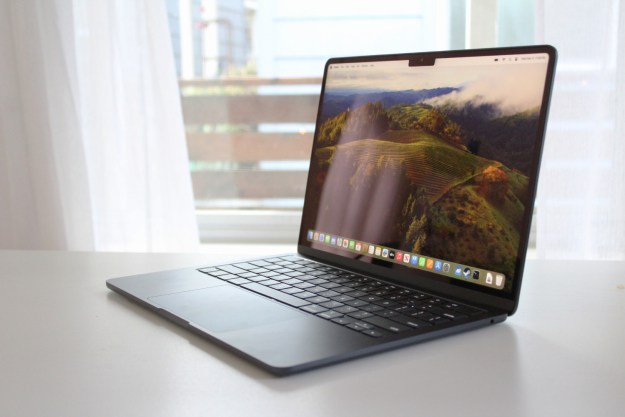The price tag to upgrade the RAM of the entry-level 13-inch MacBook Pro has doubled, opening the door for similar cost increases to affect other Apple computers.
Apple quietly made the price adjustment without any official announcement, taking the price to upgrade the RAM of the cheapest model of the recently released 13-inch MacBook Pro from $100 to $200, as first spotted by MacRumors.
The doubled price tag has also been seen in other countries, including in Germany where the RAM upgrade has gone from 125 euros to 250 euros, and in the United Kingdom where it has gone from 100 British pounds to 200 pounds.
The RAM upgrade to bring the entry-level 13-inch MacBook Pro to 16GB from 8GB is just one of the many options available to customers upon checkout of the laptop on Apple’s online store. Other options include upgrades to the computer’s processor, storage, and pre-installed software, all of which have retained their price tags.
Digital Trends asked Apple to comment on the new pricing. We will update this story when we hear back.
Apple’s adjusted price of the RAM upgrade is unusual not only because it is an increase, compared with the traditional decrease, but also because the 13-inch MacBook Pro was only released earlier this month.
The reason for the doubled cost for the upgrade remains unknown, but 9to5Mac believes that Apple’s supplier for the RAM of the entry-level 13-inch MacBook Pro may be experiencing disruptions, possibly due to restrictions caused by the COVID-19 pandemic.
Apple has apparently not made similar adjustments to the RAM upgrades of other Mac computers, as different machines are equipped with different types of
13-inch MacBook Pro starts at $1,299
The entry-level 13-inch MacBook Pro carries a base price tag of $1,299, but customers who want Intel’s 10th-generation Ice Lake processors will need to shell out at least $1,799.
The 13-inch MacBook Pro offers confusing processor choices and an average battery life, but with an industry-leading display, a thin and light design, an excellent new keyboard, and a hard-as-rock build quality, it remains a solid option for aspiring creative professionals.
Editors' Recommendations
- The XPS 16 is fighting an uphill battle against the MacBook Pro
- A new wave of powerful laptops rises to challenge the MacBook Pro
- The biggest threat to the MacBook this year might come from Apple itself
- Why you should buy a MacBook Pro instead of a MacBook Air
- Which color MacBook should you buy? Here’s how to pick


